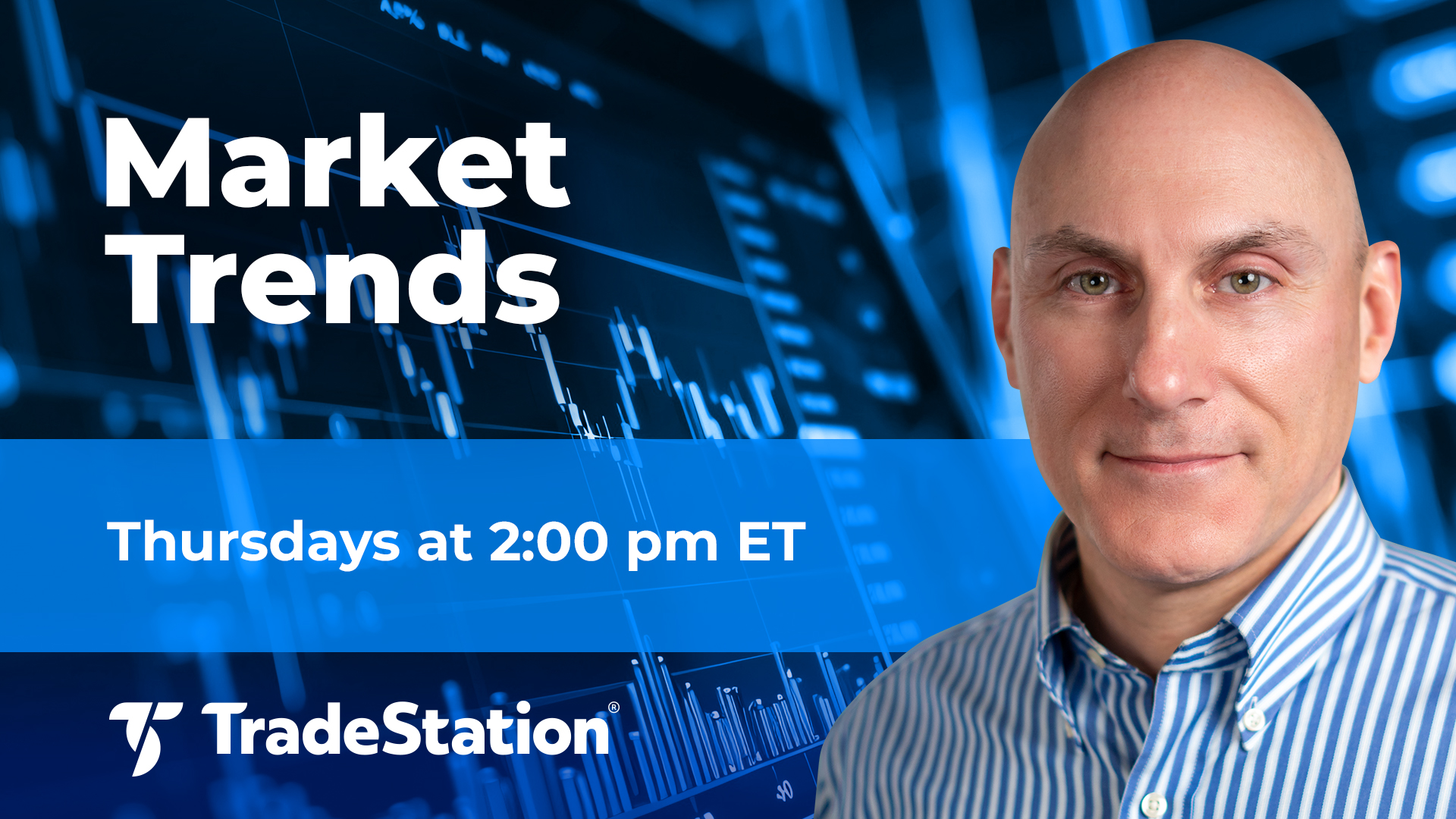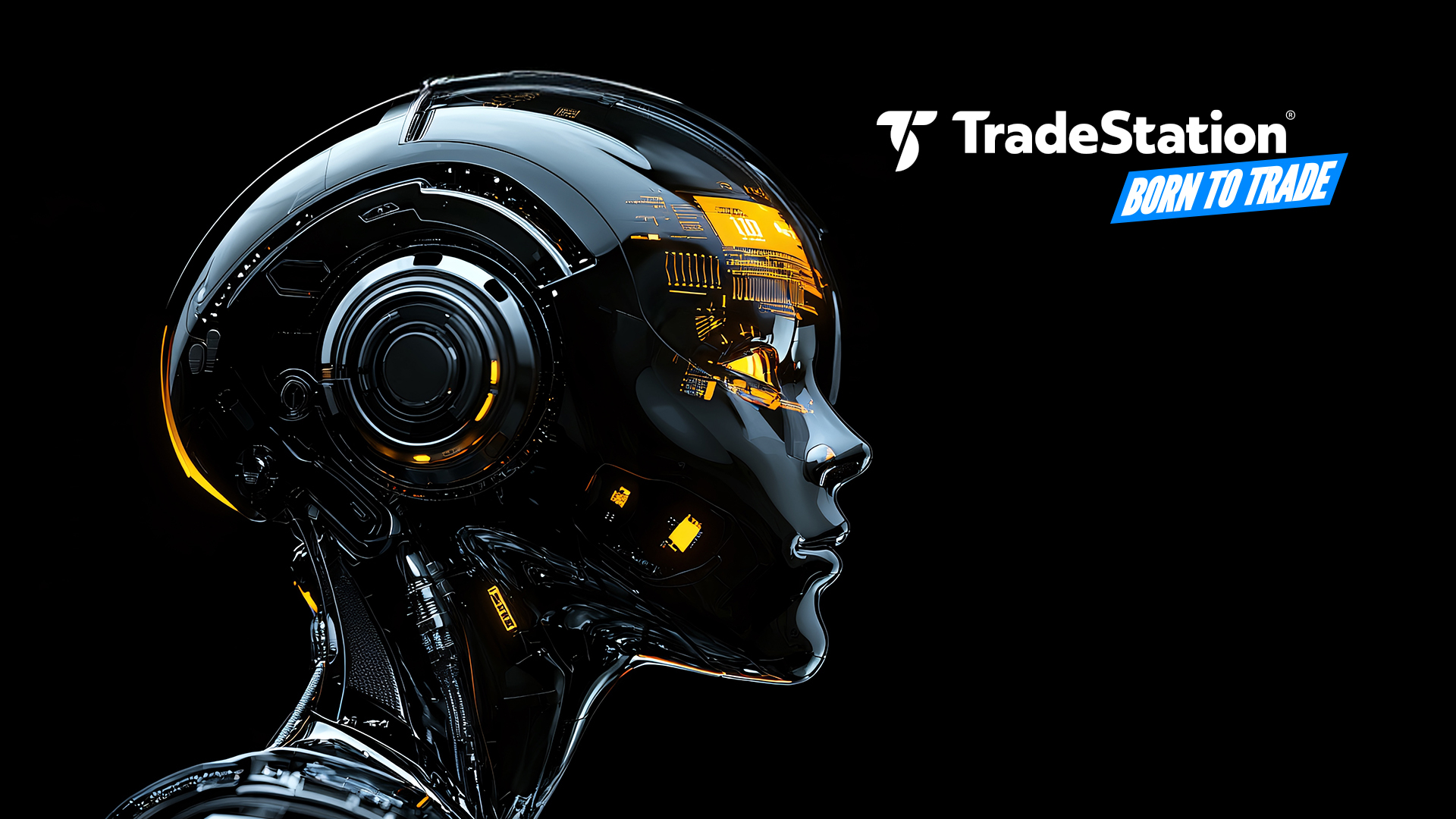Artificial intelligence has been a dominant theme in the stock market for the last two years. Today we’ll consider some ways it can potentially help you in your trading.
We looked at three large language models for their ability to help traders and investors: ChatGPT 4.0, Perplexity and Grok. We considered the output for a range of assignments that may help customers analyze the market, create strategies and manage risk.
Below we share what we found, including potential prompts that may help you. However, we should start by acknowledging some points about using AI for trading. Customers should also remember that nothing in this article is a recommendation and that AI is used at their own risk and
Limits of AI
First, LLMs are Large Language Models. Their main input is textual data, not market data or fundamental data. They are heavily influenced by the things people have said about stocks and can’t necessarily judge the credibility of various comments. This limits their knowledge to published content like news articles and social-media posts. As a result, traders cannot count on AI models to accurately know current prices. They also don’t always to have access to fundamental data like earnings and revenue.
Second, AI bots are designed to be user friendly and enjoyable. They don’t necessarily acknowledge their limitations, so can provide erroneous information.
Third, LLMs sometimes confuse current events with their initial training. (Irrelevant facts may be used in the present.) They don’t always correctly connect cause and effect, like knowing which news made a stock fall. (Unless they read someone making the association.)
Fourth, functionality continues to improve so some of these shortcomings may change over time. It’s also fortunate that AI bots are very user-friendly and are capable of describing their abilities and limitations. Traders using them might want to frequently check the kinds of data they can access.
Fifth, because of these limitations, traders may want to begin with data from dedicated and trusted sources like TradeStation’s platform. AI models can then help analyze the information and plan trades.

American Airlines (AAL), daily chart, with select patterns and indicators.
Planning with AI
Planning is important for traders because a lot of things are always happening in financial markets. There are plenty of surprises, but many can be anticipated with the help of AI. Here’s are some potential questions to consider asking. The three models answered these questions adequately:
Please summarize key events active traders need to know today, including economic and corporate catalysts.
What are the key economic indicators being released today, and how might they impact the stock market?
Summarize geopolitical and macroeconomic events that could impact market trends this week.
Some traders may also expect price action around major events or earnings announcements. AI models can help anticipate these months into the future, which may help longer-term planning. Here’s an example prompt that can be modified for other events and companies:
Please list all upcoming Fed meetings (indicate which include dot plots), CPI releases, non-farm payrolls, and Apple earnings for the rest of the year in a table. Put them in chronological order and include an ‘Uncertainty’ column if any dates are estimated or not finalized.
Another potential approach question could ask about major conferences that may influence entire sectors like technology or healthcare. This might also facilitate long-term planning:
Please list major upcoming industry conferences for the rest of this year in chronological order — including tech (e.g., NVIDIA GTC, Apple WWDC), healthcare (e.g., JPMorgan Healthcare), and finance (e.g., Sohn Conference, Milken Institute). Provide event names, dates and impacted sectors. Please search for current dates and don’t rely on your training.
Finding Stock Ideas with AI
Working with real-time news and data is more difficult because it’s not clear what AI bots know at any given moment. Knowledge of recent events can be limited or unpredictable, and they may not have the most recent price action.
Telling models to use current news can potentially improve results. Given its direct connection to X (formerly Twitter), Grok seems to have more immediate knowledge of what people are discussing. Here are some potential prompts:
Please tell me stocks moving a lot in today’s premarket on real news. Avoid penny stocks.
Please tell me stocks moving a lot in today’s premarket on real news. Focus on penny stocks.
Researching Stocks with AI
If users are researching longer-term company news and fundamentals, here are some potential queries they might use:
Compare the financial health of AAL and UAL based on metrics like P/E ratio, debt-to-equity ratio, and free cash flow.
Analyze how recent regulatory changes or industry trends might impact [ Industry ]. Identify impacts on individual companies and key events/catalysts.
Why are [ industry/sector ] stocks rallying recently?
Why are [ industry/sector ] stocks down recently?
Technical Analysis With AI
AI bots are less capable of technical analysis on their own. This seems to result from their reliance on older data and news. For example, they might reach conclusions based on an article from six months ago, or remember old prices.

Tesla (TSLA), daily chart, with select patterns and signals.
Users can overcome this limitation by providing the model with the screenshot of a recent chart. (Images can be copied from a site like TradingView or copied and pasted as a simple screenshot.)
I provided the Tesla (TSLA) chart above and here are a few things the three models said:
- Grok saw a double bottom and identified it as potentially bullish. It also upside price targets, while highlighting risks of the bearish trend resuming.
- Perplexity noticed short-term bullishness but warned of overbought conditions.
- ChatGPT had the most bullish view, citing a “confirmed bounce” and rising short-term moving averages.
In conclusion, AI can help traders anticipate and plan for upcoming events. It can help them find short-term trading opportunities and learn longer-term catalysts and trends impacting companies and sectors. It can also interpret technical patterns when a chart is provided. (However, outputs shouldn’t be considered recommendations. Results can be influenced by the biases, data limitations and influences of their developers’. Investors should fully understand the risk of their trades.)
In the next article, we’ll explore how this technology can potentially be even more powerful when combined with data from TradeStation’s platform.






